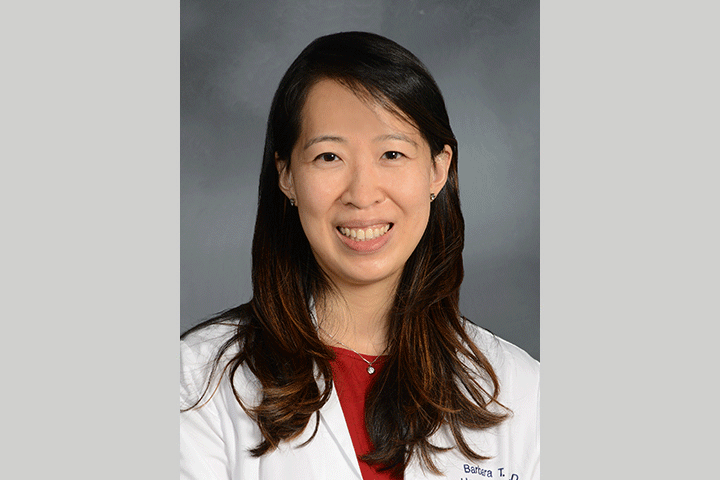Multicenter Trial Focuses on Neoadjuvant Treatment for Borderline Resectable and Locally Advanced Disease

One question facing doctors who treat pancreatic cancer patients with localized disease is whether to provide treatment prior to surgery, also known as neoadjuvant therapy.
Over the last decade, what has been clear is that treatment after surgery—called adjuvant treatment—with chemotherapy and/or radiation has helped prolong survival or even cured some patients. One problem, however, is that patients who undergo surgery often have complications and can’t tolerate post-surgical treatment. And even with surgery and adjuvant treatment, five-year survival rates are low.
That’s why neoadjuvant therapy has emerged as a potentially important option for some patients with clearly resectable, borderline resectable, and, in some cases, locally advanced, nonmetastatic disease. Although it is not yet a standard of care, there are studies showing these three groups of patients should receive neoadjuvant treatment because of the potential benefits shown in numerous studies, explains Dr. David Ryan, who is leading a multicenter, phase II, randomized clinical trial of neoadjuvant therapy that includes a common blood pressure medication called losartan.
The Potential of Neoadjuvant Therapy
“The goal of neoadjuvant therapy is earlier treatment, and an increase in the rates of margin-negative resection,” says Ryan, chief of the division of hematology and oncology at Massachusetts General Hospital Cancer Center in Boston. “We can also test the biology of the disease, assess how that patient responds to chemotherapy, and we can potentially downstage nodal disease. These are all factors that can help these patients and get more of them into surgery. Right now, surgery is the only potentially curative approach.”
Pancreatic cancer—even in its earliest stages—is considered a systemic disease. Neoadjuvant treatment may also get rid of the micrometastases, those cancer- initiating cells that can be present throughout the body prior to surgery, he adds.
But there are many questions that still need to be answered, such as preferred regimens and treatment duration, as well as issues regarding patient selection, among others. “What’s clear is that we need more randomized trials, but when you look at the studies of borderline and locally advanced patients, there seems to be a higher survival rate for patients who have neoadjuvant treatment and then surgery than those who go straight to surgery.”
A Promising New Trial
A new, multi-site trial is set to begin recruiting patients at Massachusetts General this July, with other major centers coming on board in August. The trial will determine if the addition of losartan, or the combination of losartan and immunotherapy with nivolumab, to FOLFIRINOX followed by stereotactic body radiation therapy (SBRT) and then surgery will result in a surgical margin with no cancer cells (R0) rate of greater than 65 percent for patients with locally advanced or borderline resectable disease. The team will also use organoids to determine if they can be used to predict patient response to FOLFIRINOX and other therapies.
For hypertension, losartan works by inhibiting the angiotensin system which ultimately makes the blood vessels relax or dilate. In pancreatic cancer treatment, research is showing that the drug improves blood flow in and around the tumors, allowing more of the chemotherapy drug to be delivered to the tumor. It may also make pancreatic tumors more amenable to immunotherapy by altering the microenvironment around the cancer.
Prior losartan/FOLFIRINOX research conducted at Massachusetts General in locally advanced cancer patients showed improvements in R0 resection rates (more than 50 percent), and a two-year overall survival rate of more than 80 percent for patients who got resected.
“These results exceeded our expectations in locally advanced pancreatic cancer,” Ryan says. “I am totally excited about this trial. It may not be a home run, but I think we’re going to find that we can help more people. And that’s what is desperately needed.”





